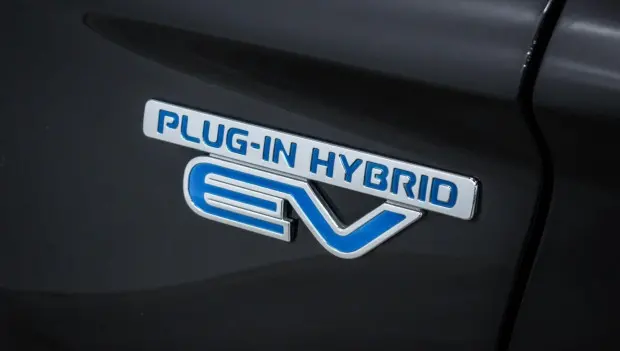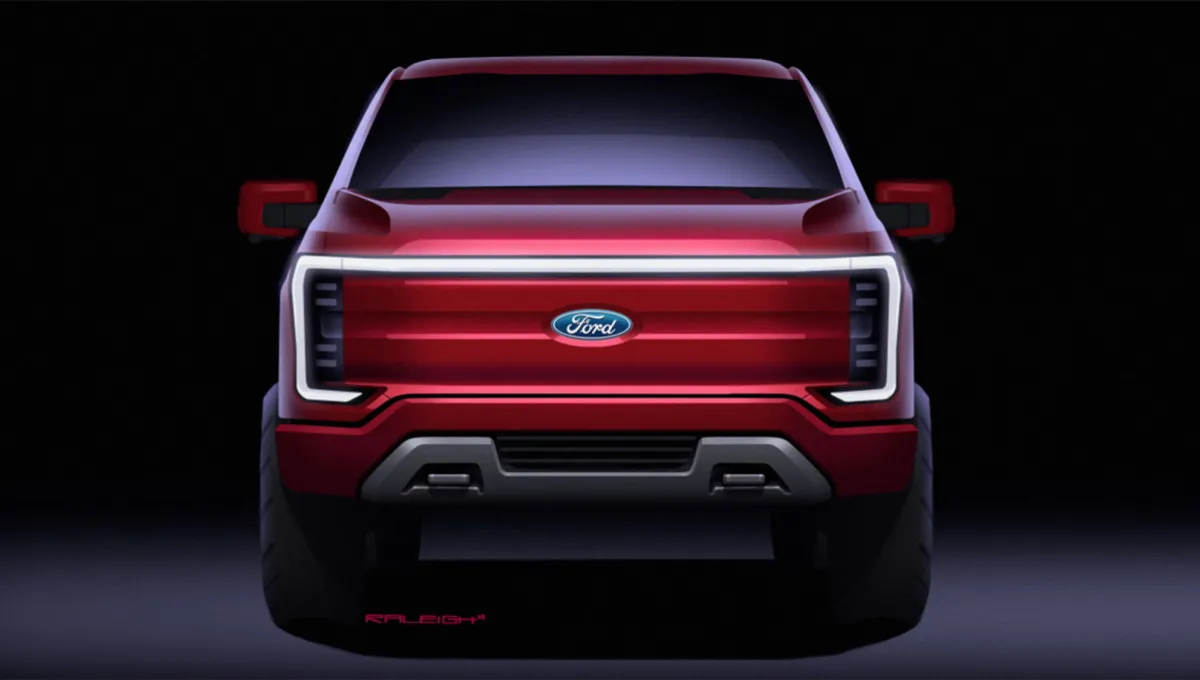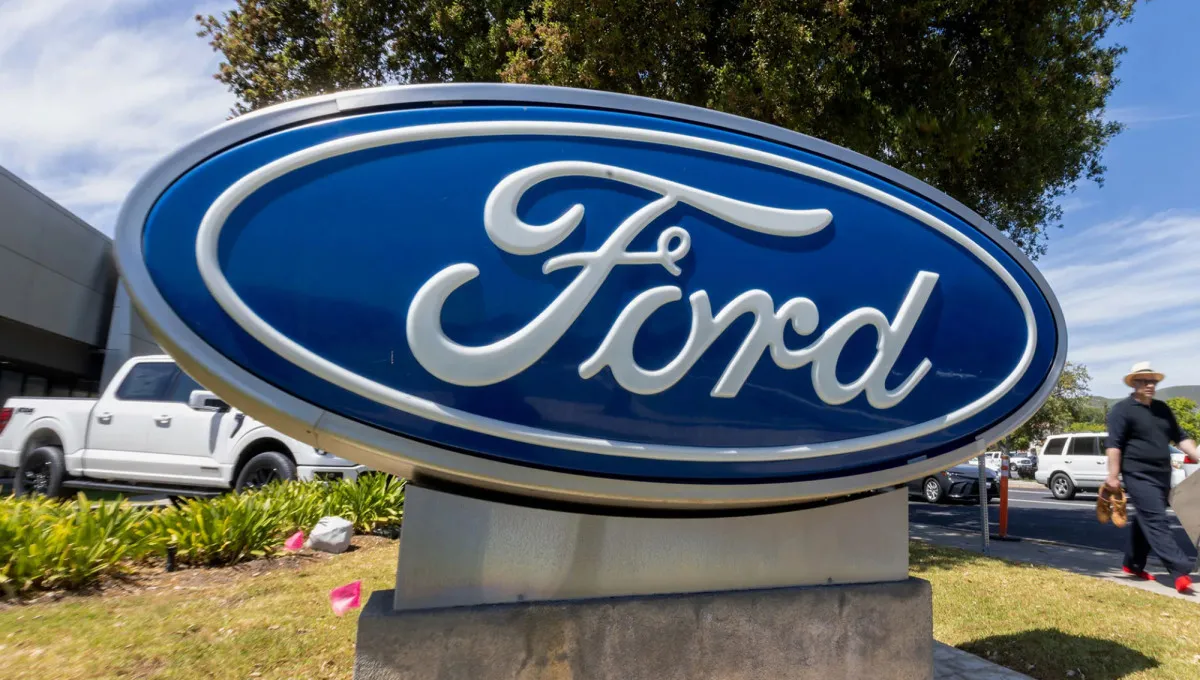American owners of plug-in hybrids are driving on gasoline — interesting information has come to light
Research shows it’s quite the opposite.

Plug-in hybrids are supposed to let drivers handle their daily city commutes on electric power alone — cutting costs and emissions in the process. And if a longer trip comes up, the gas engine kicks in. Simple enough, right? Well, studies show the reality is just the opposite.
Not long ago, Geotab, a company specializing in telematics and fleet management, analyzed 1,776 plug-in hybrid vehicles used for commercial purposes. The results were surprising: fleet operators in North America rely on gasoline for 86% of their total energy use.
According to the study, PHEVs deliver an average fuel economy of 1.6 gallons per 100 kilometers (about 39 mpg) — only slightly better than conventional gas-powered vehicles, which average 1.8 gallons (around 37 mpg) per 62 miles (100 km).
Meanwhile, the European Commission’s Directorate-General for Climate Action reported earlier this year that real-world CO₂ emissions from plug-in hybrids are 3.5 times higher than those measured under official WLTP test conditions.
For plug-in hybrids registered in 2021, the WLTP-rated emissions were 39.6 g/km of CO₂. In real-world driving, however, the actual emissions averaged 139.5 g/km.
“The significant gap between real-world data and WLTP results shows that these vehicles are charged and driven in electric mode far less often than assumed,” the Commission said. “The assumptions used in the WLTP testing cycle simply don’t reflect actual driving behavior.”
More recently, in an interview with Frankfurter Allgemeine Sonntagszeitung, Hildegard Müller, president of the German Association of the Automotive Industry (VDA), suggested that it might be time to “encourage” PHEV drivers to use electric power more frequently.
“In the future, plug-in hybrids could be designed in such a way that regular charging becomes mandatory,” Müller said, as quoted by the newspaper.
In other words, drivers might eventually be required to recharge their PHEVs after a certain distance. If they don’t plug in, the car’s output power could be limited, forcing the driver to find a charging station and reset the system before full performance is restored, according to InsideEVs.
Given all this, we’re curious — how do you drive your plug-in hybrid? If you own one, let us know in the comments: do you mostly rely on electricity, or do you stick with gasoline?
You may also be interested in the news:

How Often—and How Properly—to Refuel Your Car So It Lasts Longer
Some drivers wait until the warning light comes on, others keep the tank full, and some top up whenever they find a spare minute. Those habits can have a bigger impact on your car than you might think.

New Ford F-150 Lightning Is No Longer Fully Electric, Offers Up to 680 Miles of Range
The electric pickup with a gasoline-powered generator will replace the current Lightning and can travel more than 684 miles on a single fill-up.

New Diesel Hybrids Coming in 2026: What Audi, BMW, Mercedes, Toyota and Others Have in the Pipeline
About 20 all-new diesel-hybrid models are expected to debut in 2026.

Ford Issues Second Recall for 20,000 PHEVs: Fire Risk Persists, No Fix in Sight
American buyers are once again facing a fire hazard — and Ford still doesn’t have a clear solution.

Recharged Ambitions: Hyundai’s 2026 Nexo Makes Another Play for Hydrogen Power
The first-generation hydrogen fuel-cell EV didn't exactly take off in the U.S., but Hyundai's not done with our market just yet.